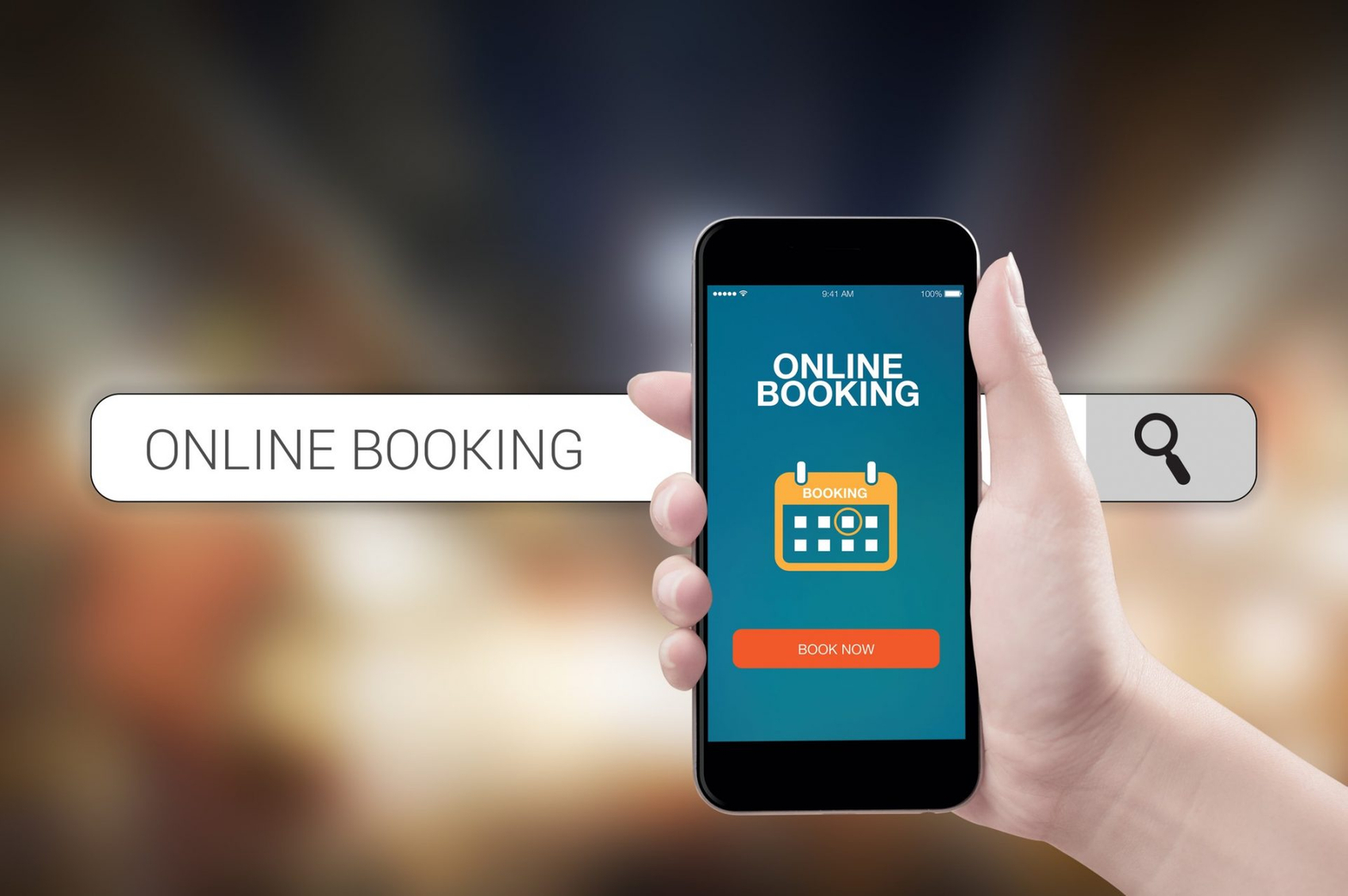Creating a booking system for websites and mobile apps can significantly enhance user experience and streamline operations for businesses in various industries, including hospitality, healthcare, and services. Whether you’re developing a simple appointment scheduler or a complex reservation system, this guide will walk you through the essential steps to build an effective booking system.

Table of Contents
Toggle1. Define Your Requirements
Before diving into development, it’s crucial to outline the features and functionalities your booking system will need. Consider the following questions:
- What type of bookings will your system handle? (e.g., appointments, reservations, ticketing)
- Who are the users? (e.g., customers, staff, administrators)
- What payment options will you offer? (e.g., credit card, PayPal)
- Will you need notifications or reminders? (e.g., email, SMS)
- What integrations are necessary? (e.g., calendar apps, CRM systems)
By answering these questions, you’ll create a clear roadmap for your booking system.
2. Choose the Right Technology Stack
Selecting the right technology stack is essential for building a robust booking system. Consider the following components:
- Frontend: Choose frameworks and libraries like React, Angular, or Vue.js for web applications, and Swift (iOS) or Kotlin (Android) for mobile apps.
- Backend: Use Node.js, Django, or Ruby on Rails to handle server-side logic and database interactions.
- Database: Select a database management system like MySQL, PostgreSQL, or MongoDB to store booking data.
- Hosting: Consider cloud providers like AWS, Google Cloud, or Heroku for hosting your application.
3. Design the User Interface
A user-friendly interface is vital for a successful booking system. Focus on the following elements:
- Search and Filtering: Allow users to search for available slots based on their preferences (date, time, service type).
- Calendar View: Implement a calendar interface for users to visualize available and booked slots easily.
- Booking Form: Create a straightforward form for users to input their details (name, email, phone number) and make a reservation.
- Confirmation and Notifications: Design screens for booking confirmation and notifications to keep users informed about their appointments.
4. Implement Core Features
Develop the core functionalities of your booking system:
a. User Authentication
Enable user accounts to allow customers to manage their bookings. Implement features like:
- Registration and Login: Users can create accounts and log in using email/password or social media accounts.
- User Profiles: Allow users to view and edit their profiles and booking history.
b. Booking Management
Implement the booking management features, including:
- Availability Check: Ensure users can only book available slots.
- Cancellation and Rescheduling: Allow users to cancel or reschedule their bookings easily.
- Admin Dashboard: Create an admin interface to manage bookings, view analytics, and handle customer inquiries.
c. Payment Processing
Integrate a secure payment gateway to handle transactions. Popular options include:
- Stripe
- PayPal
- Square
Ensure the payment process is seamless and compliant with security standards.
5. Test the System
Thorough testing is essential to ensure your booking system functions as intended. Focus on the following types of testing:
- Functional Testing: Verify that all features work correctly and meet user requirements.
- Usability Testing: Gather feedback from real users to identify areas for improvement in the user interface.
- Performance Testing: Test the system’s response time and scalability under varying loads.
6. Launch and Monitor
Once testing is complete and any issues are resolved, launch your booking system. After launch, monitor its performance and user feedback to identify areas for improvement. Utilize analytics tools to track user behavior, bookings, and conversion rates, enabling data-driven enhancements.
7. Iterate and Improve
Continuously gather feedback from users and stakeholders to identify areas for improvement. Consider implementing new features, optimizing performance, and enhancing security as your user base grows. Regular updates and iterations will help keep your booking system relevant and user-friendly.
Conclusion
Building a booking system for websites and mobile apps involves careful planning, technology selection, and a focus on user experience. By following the steps outlined in this guide, you can create a powerful and efficient booking system that meets the needs of your users and enhances your business operations. Whether for appointments, reservations, or ticketing, a well-designed booking system can significantly improve customer satisfaction and streamline processes.


No responses yet